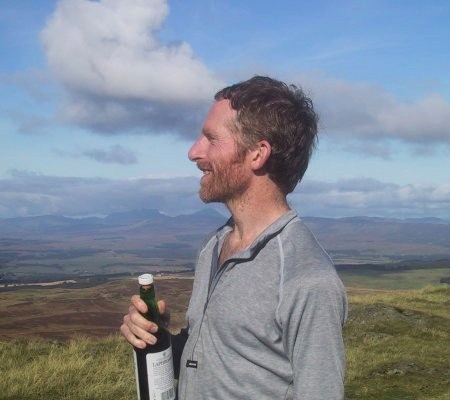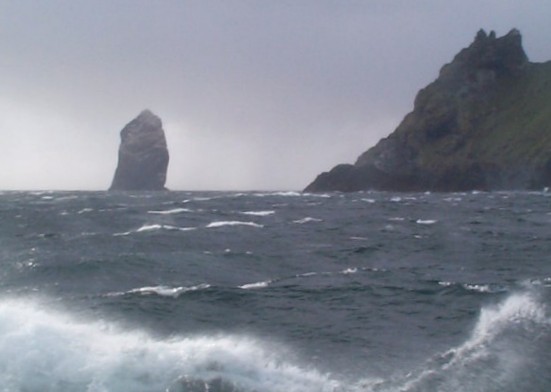
Various crisis points occur in the career of a Marilyn bagger, when it seems time to take stock and decide whether you can really be bothered any more. One that everyone faces, but at different steps on the path, is the end of the day-bag, when all unclimbed Marilyns are too far away to climb and return home the same day, or too small to justify five or six hours driving.
The usual strategy is to move on to other types of bagging for day trips and revert to Marilyns when further afield. Some people tend to stay with hills but move on to other targets such as SubMarilyns, Yeamans, Deweys, New Donalds, county tops, map tops and multiple ascents. But there are many other baggable items out there - islands, birds, plants, bothies, hill races, rock climbs, trig points, triple-zero squares, boring squares, plane wreckage - the list (thankfully) is endless, as Chris Crocker shows by bringing wines and vineyards into the bagging agenda. Even so, not everyone finds targets such as these provide the same blood-rush satisfaction as a new tick.

Rob Woodall celebrates his final Marilyn, apart from the St Kilda six, on the summit of Dumyat, 6 October 2002 (photo: Ann Bowker)
Another potential problem is landmark lethargy, which may set in after reaching a long-sought target, such as 600 or 1000 Marilyns, or a subset such as Corbetts or Grahams. Progress usually continues, but at a reduced rate and in more haphazard fashion. Then there is the problem of life obstinately getting in the way of bagging - relationships, injuries, the need to earn a living, and so on.

Kilda is a piece of cake, provided by Peter Shaw for Rob Woodall's 1546th Marilyn (photo: Ann Bowker)
So, what to do when you've nearly finished the Marilyns, you're past 70 and your knees are knackered? Time to settle for a quiet life and catch up on some reading perhaps. Or follow the example of Rowland Bowker, who reports on a typically lethargic year up against the wall:

Stac Lee, the least accessible Marilyn